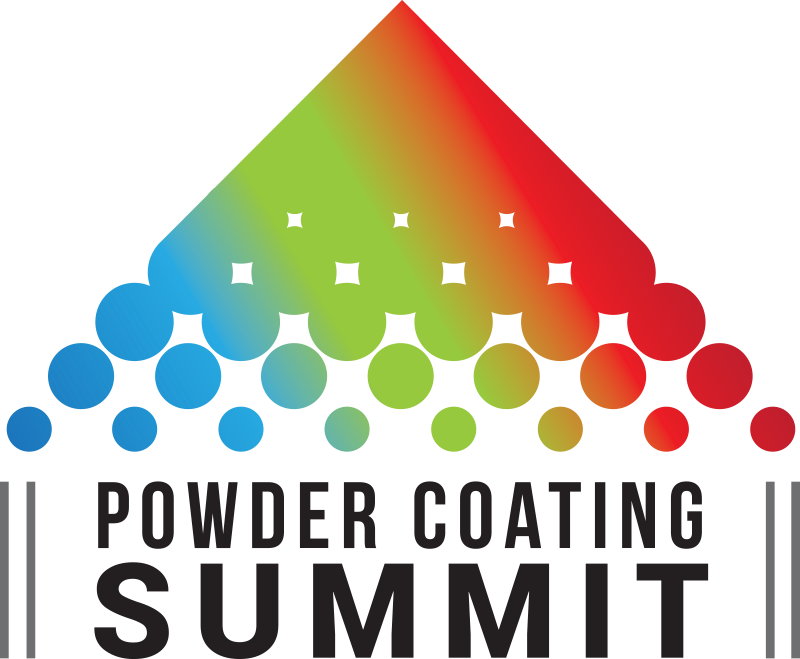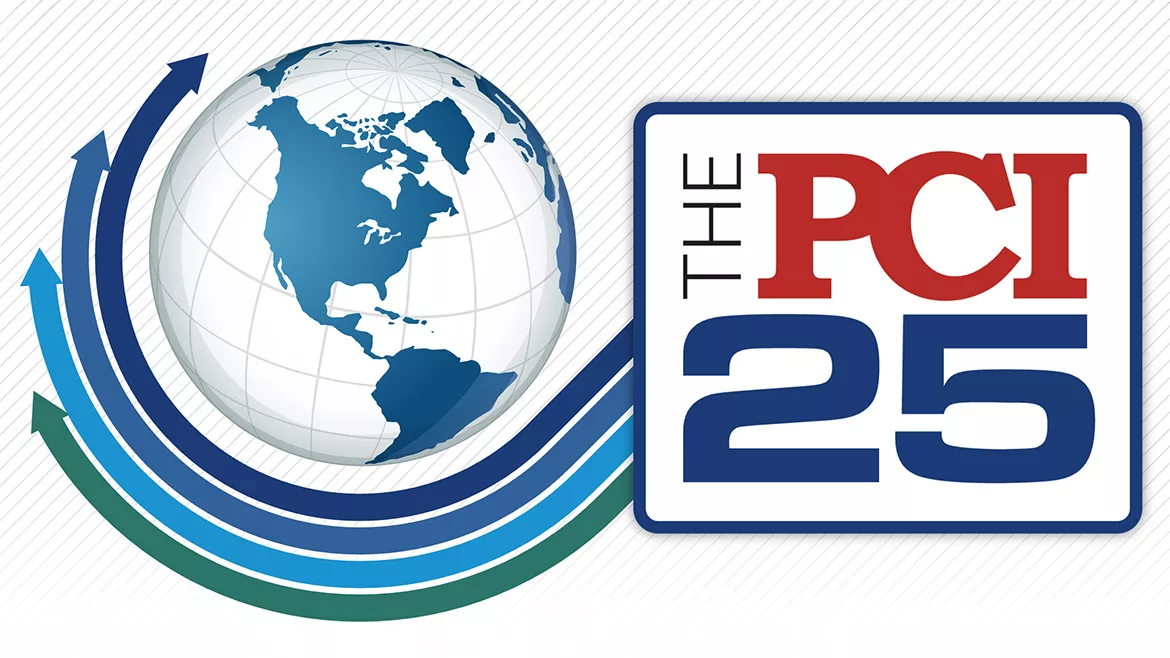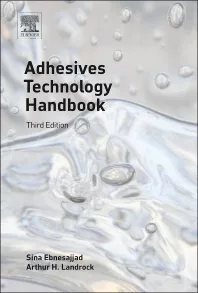Lead Chromate Replacement
Old Hat But Still a Long Process
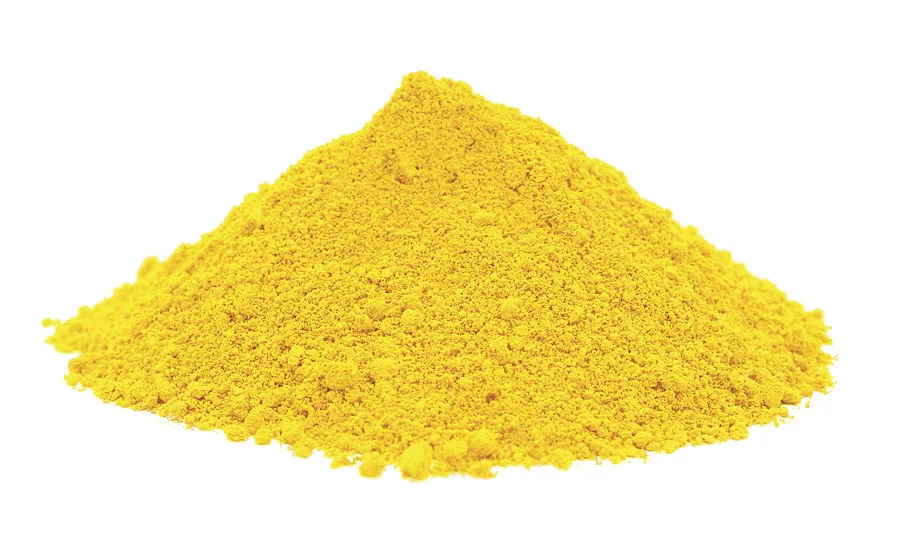
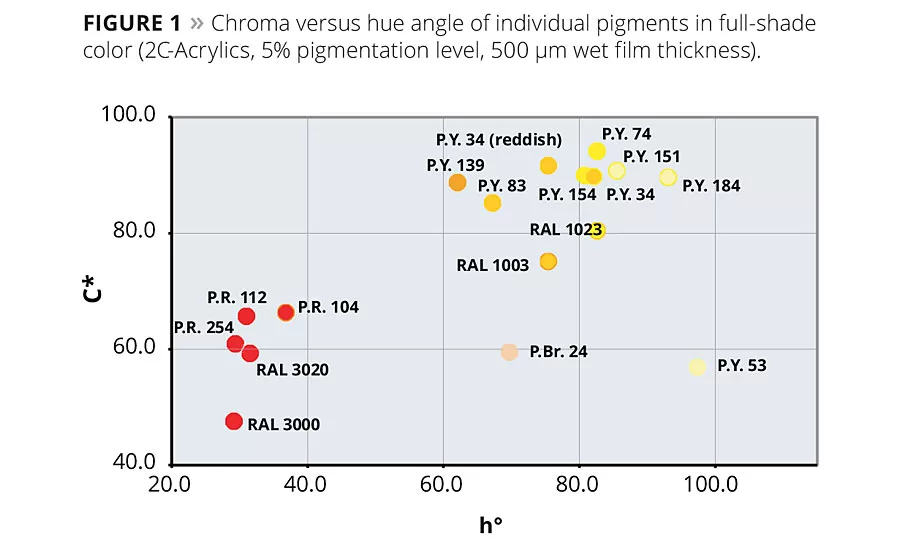
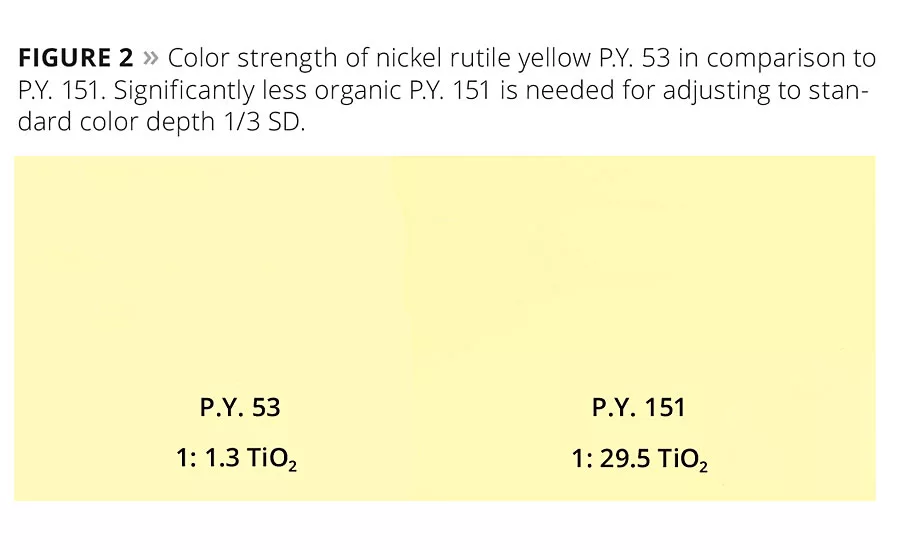



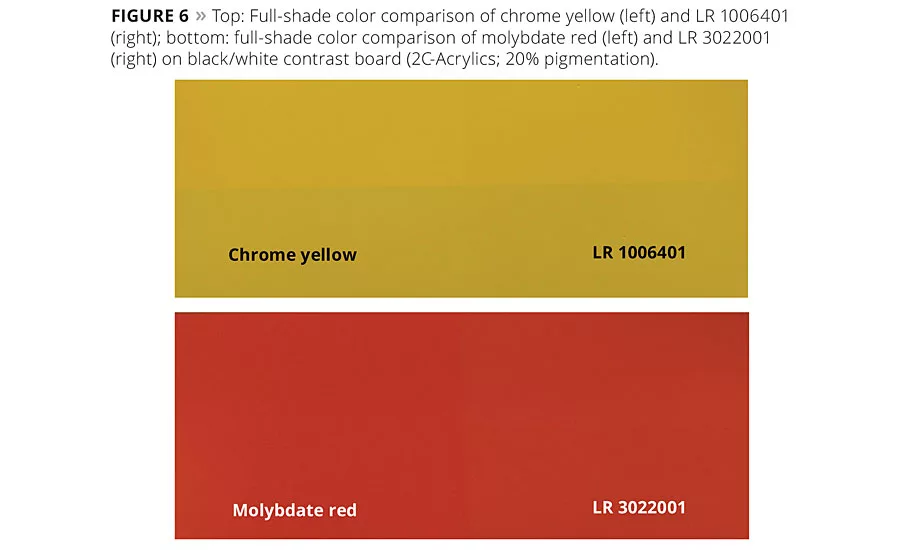
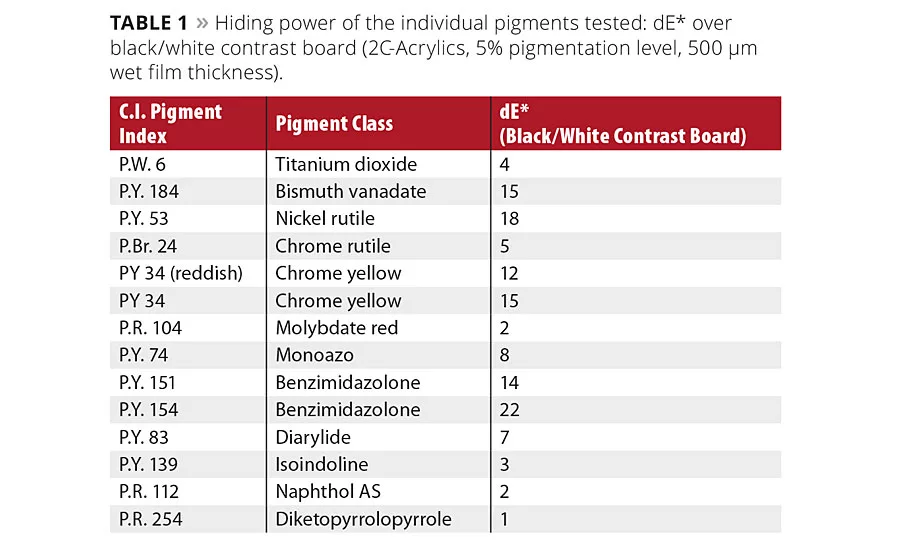
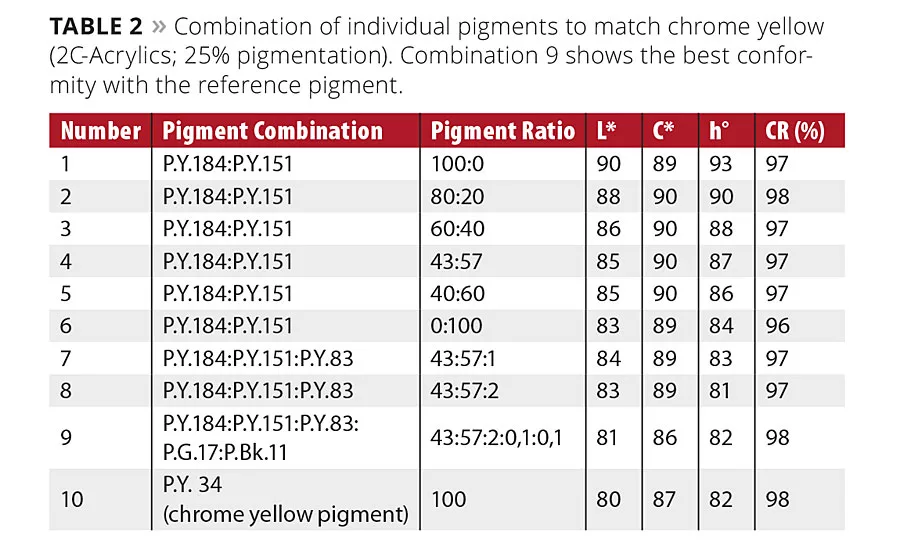
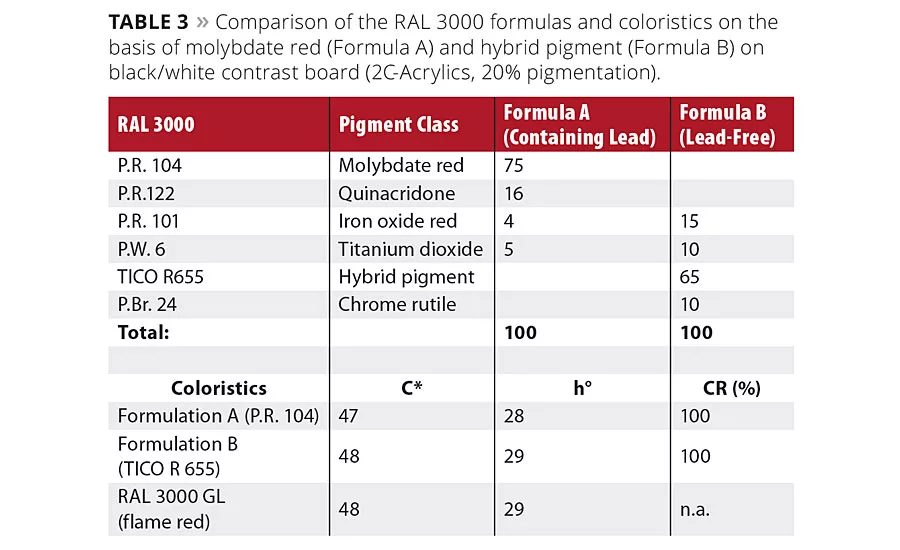
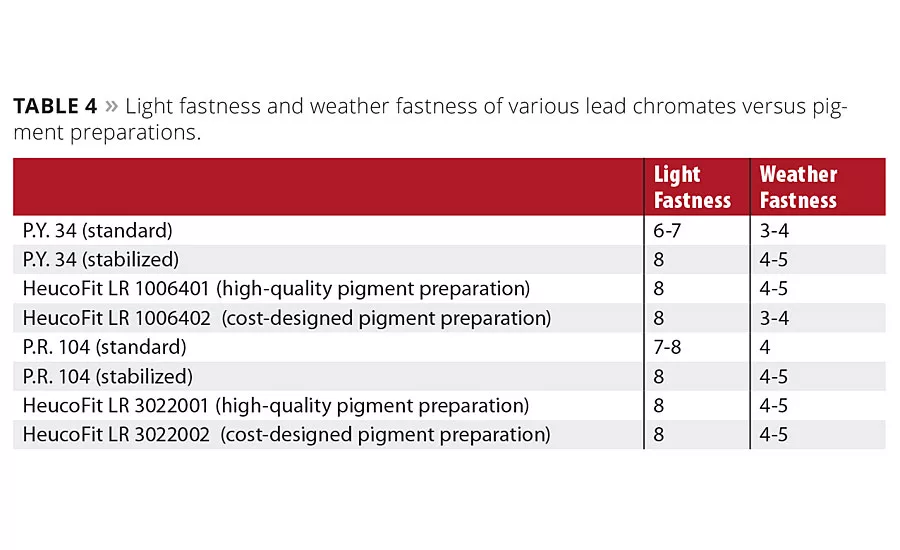
Global use of lead chromates has significantly declined in recent years due to the pigments’ toxicity. In the past decade alone the quantity used has declined by more than half, down from 90,000 t in 2000.1 However, due to the excellent price/performance of lead chromates and the partial use of the pigments in color mixing systems, complete replacement has failed to occur so far. The recent approval requirement for REACH annex XIV in May of 2015 has again increased the focus on the issue of alternative formulation concepts.
Results at a Glance
- Replacing lead chromates is technically challenging but possible. A 1:1 replacement of the individual pigments is not possible.
- The method of choice is the smart combination of appropriate organic and inorganic pigments. The hiding power is achieved by the inorganic part. The organic part serves to adjust the color strength, chroma and hue angle.
- Weather resistance depends on the organic pigments used and can be adapted to the specific requirements.
- Customized dry pigment preparations permit a 1:1 replacement in the near-full-shade color range and thus offer rapid and cost-effective formulation.
- Chroma enhancement of hybrid pigment technology offers great potential for formulating high-brilliance colors.
- Replacing lead chromate will increase the formula costs. The increase depends on the respective formula and/or the color, as well as the properties to be achieved.
Lead chromates are typically used to achieve good hiding power with a high brilliance level in paint films. In fact, so far there is no individual pigment alternative for an exact 1:1 replacement of specific chrome yellow P.Y. 34 or molybdate red P.R. 104 pigments. The reformulation of such a formula is still a challenge, even for application technicians with coloristic experience. Color formulation using multiple pigments is the current state of the art. Pigment combinations, hybrid pigments and customized pigment preparations are already being used successfully as alternatives to lead chromates. Classic pigments for such combinations include P.Y. 74, P.Y. 83, P.Y. 139, P.Y. 151, P.Y. 154, P.R. 112 and P.R. 254 as organic components, and P.W. 6, P.Y. 53, P.Br. 24 and P.Y. 184 as inorganic components. In these combinations, the inorganic component contributes to achieving the hiding power, while the organic component is used to adjust the hue angle, chroma and color strength.
Chroma and Hue Angle of Individual Pigments
To be able to compare the properties of inorganic and organic pigments, work was conducted with a pigmentation level of 5%, typical for organic pigments, while quite low for inorganic pigments. With a wet film thickness of 500 µm, coats with comparable hiding power can be achieved in the test system used (2C-Acrylics) in this way. Different positions in the color space resulted for the individual pigments when plotting chroma against hue angle (Figure 1).
While the lead chromates have a chroma on the level of organic pigments, the inorganic colored pigments P.Br. 24, P.Y. 53 and TiO2 (not shown in Figure 1 due to the low chroma) are at a significantly lower level, with the exception of bismuth vanadate. For comparison, the RAL colors signal yellow (RAL 1003), traffic yellow (RAL 1023), traffic red (RAL 3020) and flame red (RAL 3000, which people like to formulate with lead chromate), were entered. The chromas of these RAL colors are all lower than those of the organic pigments and the individual lead chromate pigments in this study.
Hiding Power and Color Strength of Individual Pigments
It is well known that the hiding power of coatings is achieved with the help of inorganic (rather than organic) pigments. In some cases, this does not depend on the hiding power of the pigments themselves. If the same pigmentation levels are compared, certain organic pigments also exhibit good hiding power, as shown in Table 1.
However, inorganic pigments typically exhibit lower oil absorption and can be used in a higher pigment concentration. This is also reflected in the maximum pigment concentration that can be achieved by commercial pigment pastes. Correspondingly, higher opacity can be achieved with higher pigmentation in practical applications.
Organic pigments typically exhibit higher color strength than inorganic pigments, as shown in Figure 2, if exceptions such as bismuth vanadate P.Y. 184 or the lead chromates are disregarded. Therefore, organic pigments are ideally suited for compensating the deficient color strength of hiding inorganic pigments in pigment combinations for simulating the behavior of lead chromates.
Inorganic and Organic Combined
Since 1:1 replacement of lead chromates on the basis of individual pigments is not possible, the special challenge of reformulation lies in the requirement to combine the coloristic parameters of different pigments (chroma C*, hue angle h° and hiding power CR), which partly oppose each other, in such a way that they correspond to all three parameters of the lead pigments to a large extent.
This process must take into account that industrial coatings are mostly brilliant near-full-shade colors. Reformulation is usually only achieved through a smart combination of inorganic and organic pigments. However, as already shown, these two pigment groups differ significantly in their color strength, so that it is in many cases not possible to replace a lead pigment for multiple formulations with different titanium dioxide levels with just one single pigment combination. Therefore, it is important to define the coloristic requirement profile of the paint in advance of development in order to “pinpoint” the appropriate pigment combination in the color space. However, by using colorimetric databases on the basis of individual pigments, an alternative pigmentation can be developed in many cases. The incremental procedure of such an inorganic/organic color matching is illustrated in what follows through the example of re-creating a chrome yellow pigment.
Table 2 compiles the CIELab values and the hiding power for the individual tinting steps. Combination 4 with a pigment ratio of 43% P.Y. 184 to 57% P.Y. 151 represents the best basis for the final fine tuning with P.Y. 83, P.G. 17 and P.Bk. 11. Combination 9 exhibits good conformity with the chrome yellow reference pigment, both metrologically and visually. The identical and high hiding power of 98% for both full-shade coats (Figure 3) should be emphasized.
In an analogous procedure, industrial colors such as RAL 1003 (signal yellow), RAL 1023 (traffic yellow) or RAL 3000 (flame red) can be formulated without lead through a combination of organic and inorganic pigments. Table 3 (Figure 4) summarizes the results of the color matching for RAL 3000 on the basis of P.R. 104 (formula A) and a hybrid pigment with inorganic/organic morphology (formula B). It can be seen that formula B based on the hybrid pigment actually exhibits even a higher chroma with the same hue angle. Chroma enhancement is an inherent property of the hybrid pigment technology and is derived from the special inorganic carrier substrate.2
Customized Solutions
In many cases, the desired colors can be obtained through mixing the individual pigments and/or hybrid pigments as described above. However, besides the pigment-specific and colorimetry-specific laboratory know-how, this process must also take subsequent operational implementation into account. For example, five individual pigments, some in small quantities, must be weighed out, mixed and dispersed for the example given in Table 2. The color must then be checked and corrected if necessary.
The pigment industry’s search for an alternative solution has led to the development of customized dry pigment preparations. These are multiple pigment preparations in powder form that have been developed alongside the special market requirements in a targeted fashion. Thus they permit rapid and cost-effective formulation. The “HeucoFit Lead Replacement” dry preparations provide a good example. These pigment preparations have been developed for direct 1:1 replacement of chrome yellow and molybdate red pigments. In selecting the pigments, the focus was on a good balance of the colorimetric properties and the hiding power in the near-full-shade color range. This is particularly interesting in the area of industrial paints, since good substrate hiding by a one-coat application of the paint with low layer thickness is necessary. Figure 5 contrasts the color gradient of Heucofit LR 1006401 and a high-brilliant chrome yellow pigment in full shade and two reductions with titanium dioxide. In the near-full-shade color range there is good coloristic conformity, which decreases with higher levels of titanium dioxide. This effect is attributable to the organic pigments contained in the pigment preparation with their high color strength compared to lead chromate. The visual assessment of the full-shade coat confirms the good conformity found metrologically (Figure 6). Customized pigment preparations are also available for replacing molybdate red (Figure 6).
Light Fastness and Weather Stability
The light fastness and weather stability of lead chromates depend on the types used and their surface stabilization. The majority of lead chromates used on the market are standard types. Mixed metal oxides such as P.Y. 53 and P.Br. 24 exhibit excellent properties. Similar to lead chromates, organic pigments vary greatly in weather stability. In selecting appropriate organic pigments, most of the requirements in this area can be resolved in addition.
Cost-designed pigment preparations can replace standard lead chromates. Pigment preparations and hybrid pigments formulated with weather-fast organic pigments are not inferior to stabilized lead chromates and can even outperform standard products (Table 4).
References
1 Farbe & Lack, Ausgabe 11/2001; Vincentz Verlag.
2 Frischmann L; Ott J. 'Out-Of-The-Box' Formulations, European Coatings Journal; 07/08 (2011); pp.32-36.
Looking for a reprint of this article?
From high-res PDFs to custom plaques, order your copy today!
